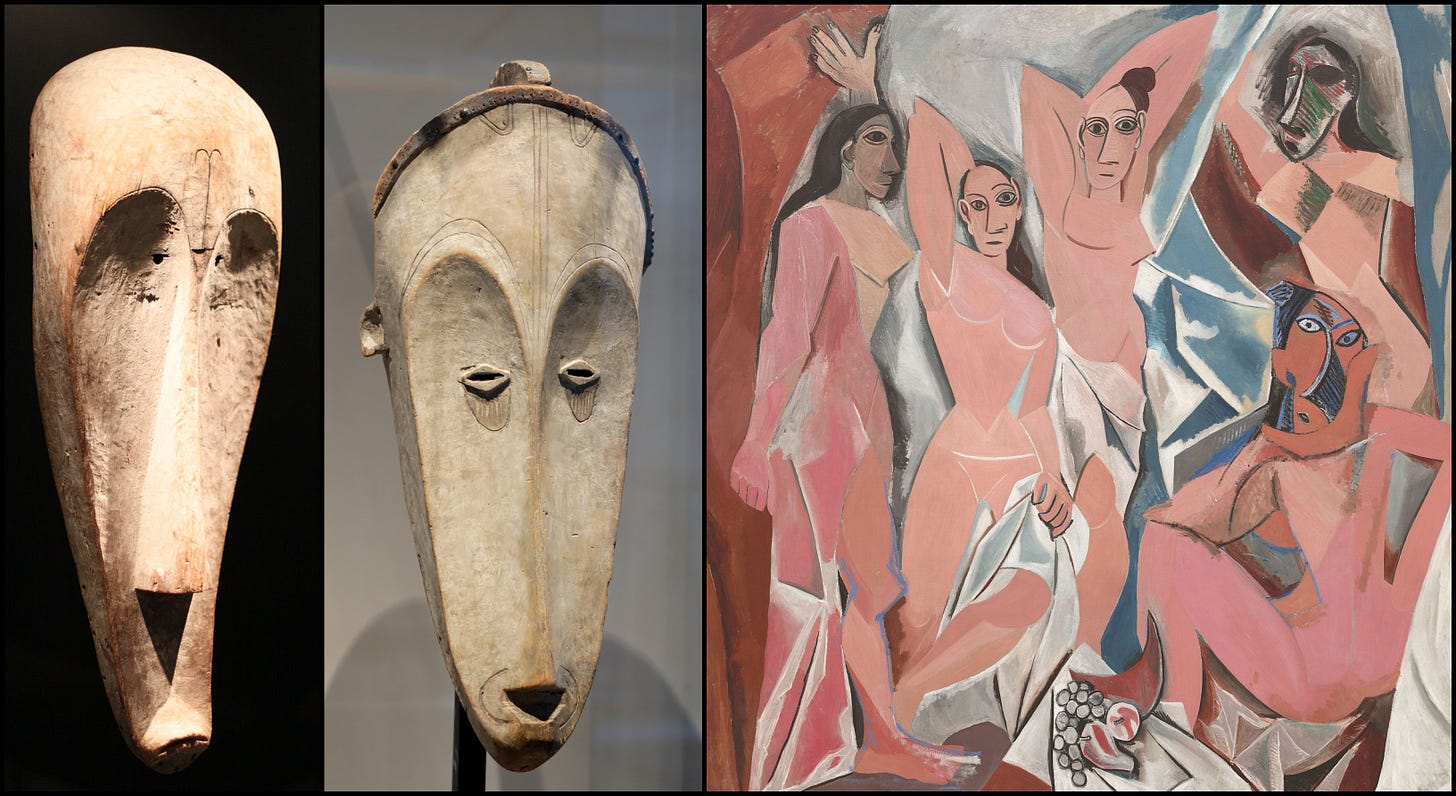Before diving into some thoughts inspired by the new Bob Dylan film: According to Bloomberg, China is considering selling American TikTok to Elon Musk to avoid the ban:
“Under one scenario that’s been discussed by the Chinese government, Musk’s X — the former Twitter — would take control of TikTok US and run the businesses together, the people said. With more than 170 million users in the US, TikTok could bolster X’s efforts to attract advertisers. Musk also founded a separate artificial intelligence company, xAI, that could benefit from the huge amounts of data generated from TikTok.”
This would be catastrophic, considering Musk’s impact on Twitter. We've witnessed how his proclaimed "free speech absolutism" is a convenient lie, masking his efforts to amplify his own message and others on the Far Right.
A better option for TikTok would be The People's Bid: Please sign up to be part of this movement. They seek a decentralized, democratic pathway for TikTok ownership, where users control their own data. This will require a $20 billion investment. (I am still trying to learn more about Project Liberty, the group behind this. If you have information, please put it in the comments or message me.)
Genius as Synthesis
I finally saw A Complete Unknown, the new Bob Dylan movie. I enjoyed the reconstructions of early 1960s New York and the NewPort Jazz Festival. The lead actor did a wonderful job, but the film suffered from a lack of compelling conflict. The central tension—whether Dylan would use an electric guitar—felt trivial, as did his romantic turmoil.
Yet beneath these surface-level conflicts lay a more significant issue, hinted at through Dylan's disagreement with folk singer Pete Seeger. This deeper subject relates to our current circumstance, where the ideal of the lone genius — in business or art — supports the juggernaut of late-stage Capitalism.
I've developed a theory about artistic genius: The genius often functions as the focal point where disparate cultural streams converge and cross-pollinate for the first time. While many artists attempt such synthesis, the recognized genius is one who—through talent, timing, and chutzpah—fully realizes the alchemical possibilities, melding old styles and new mediums.
As one example, Pablo Picasso combined the energies of indigenous (“primitive”) African art with European post-Impressionism (the concern with the integrity of the picture plane over maintaining verisimilitude, found in Cezanne). Suddenly we get Les Demoiselles d’Avignon, Guernica, and so on.
Genius, then, partly consists of the ability to bridge different traditions and genres at the precise historical moment when such synthesis becomes possible.
Keep reading with a 7-day free trial
Subscribe to Liminal News With Daniel Pinchbeck to keep reading this post and get 7 days of free access to the full post archives.




